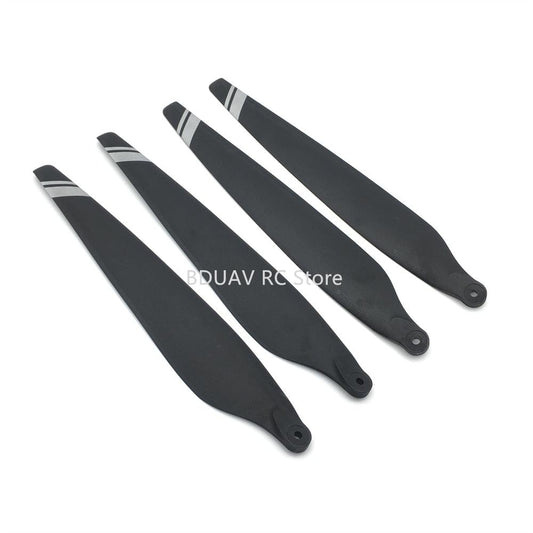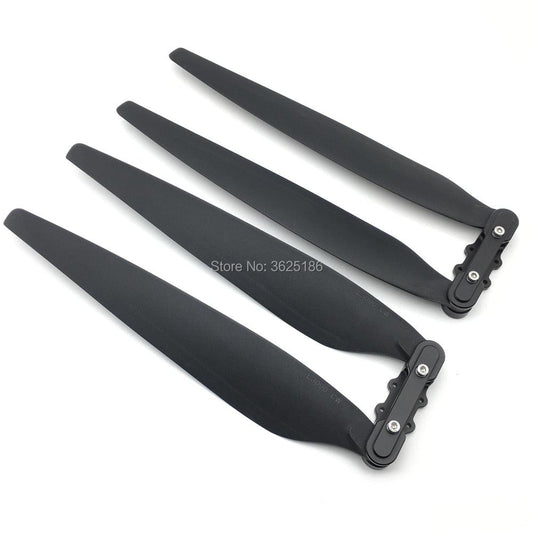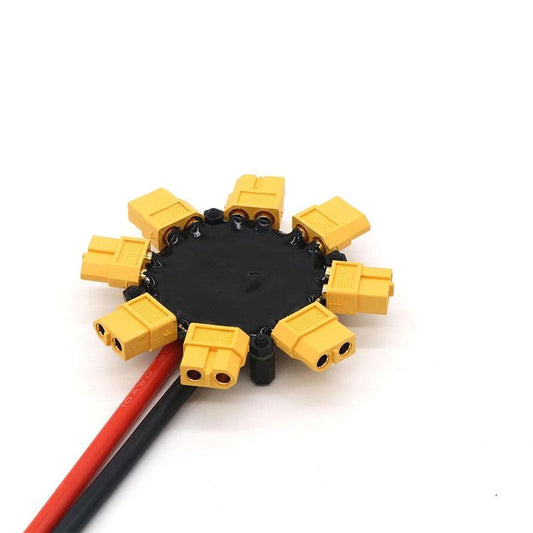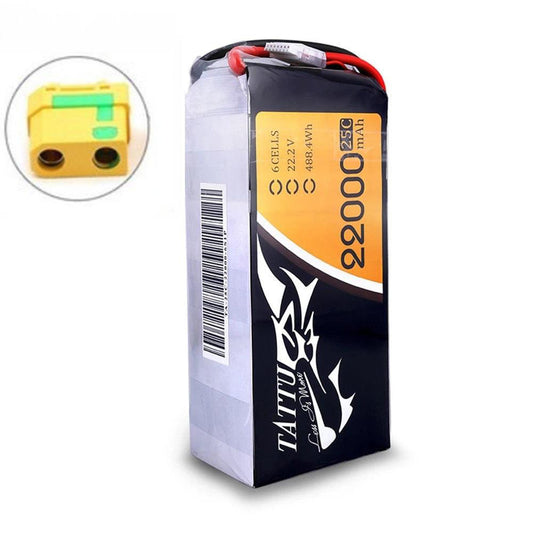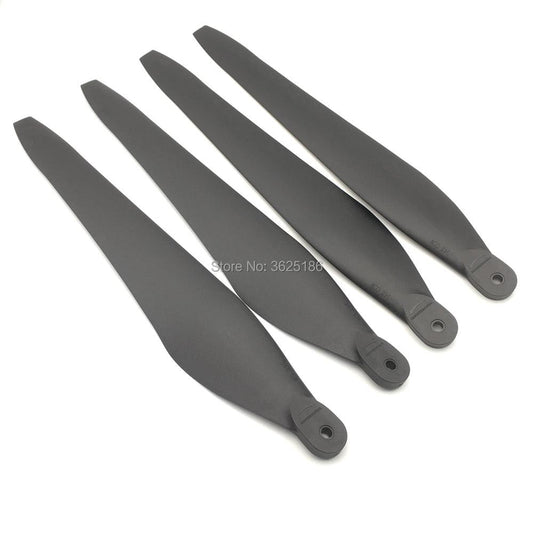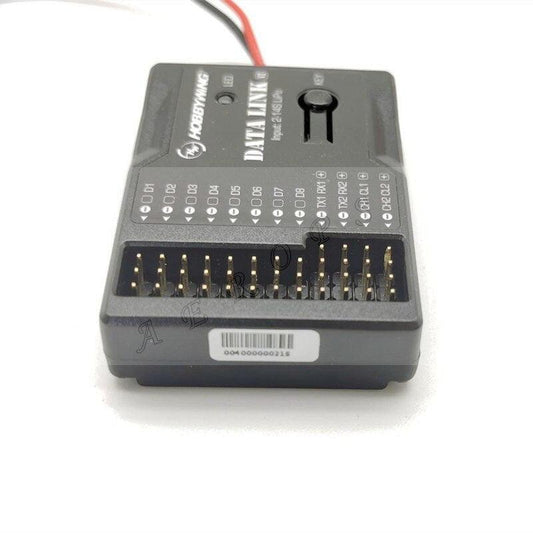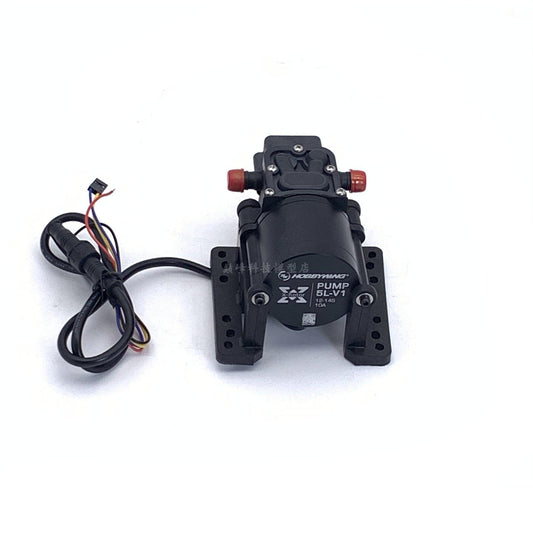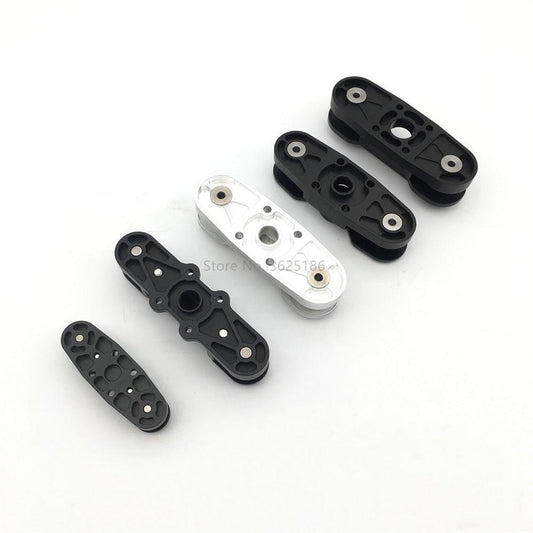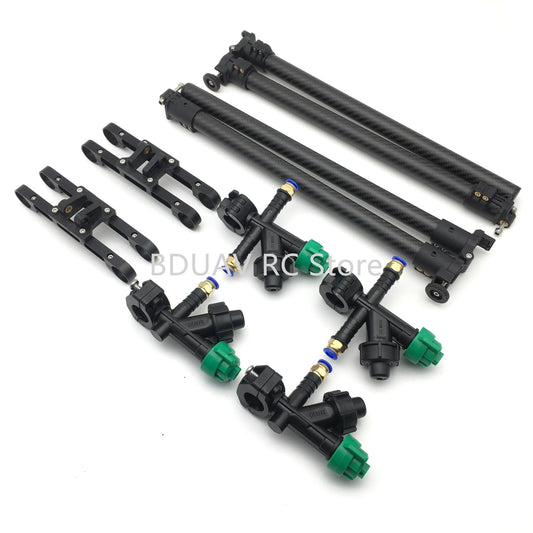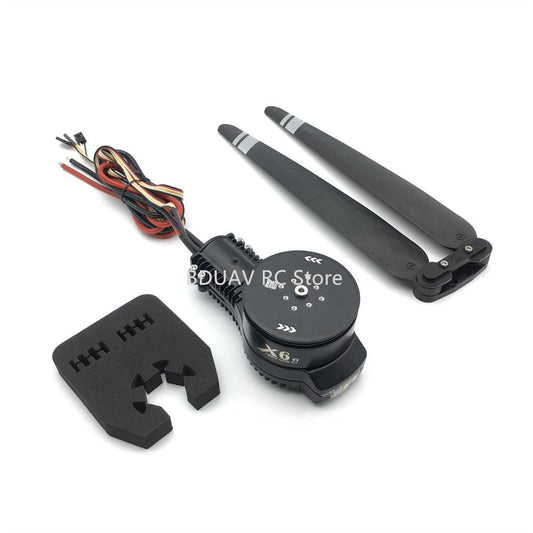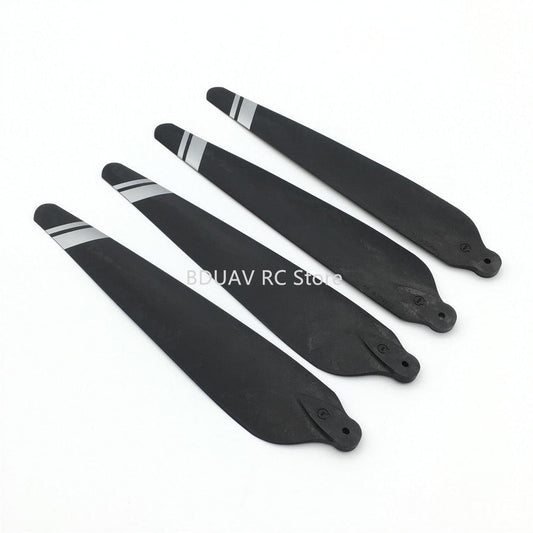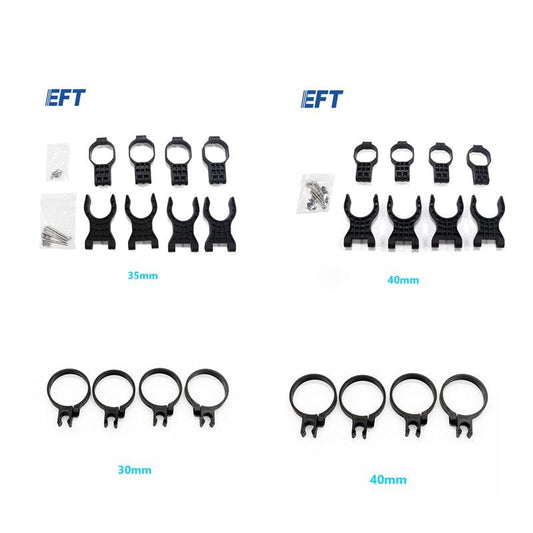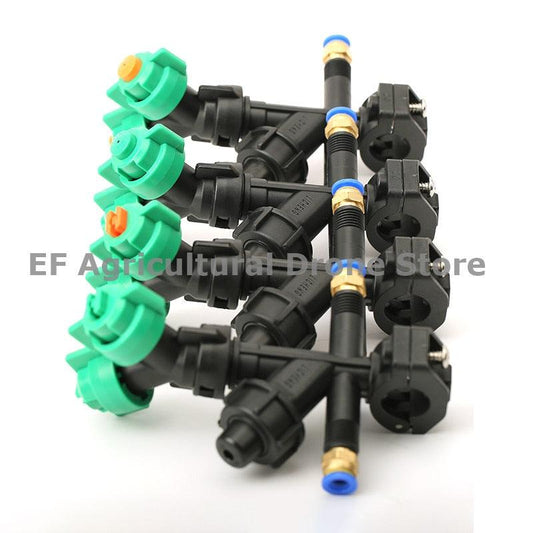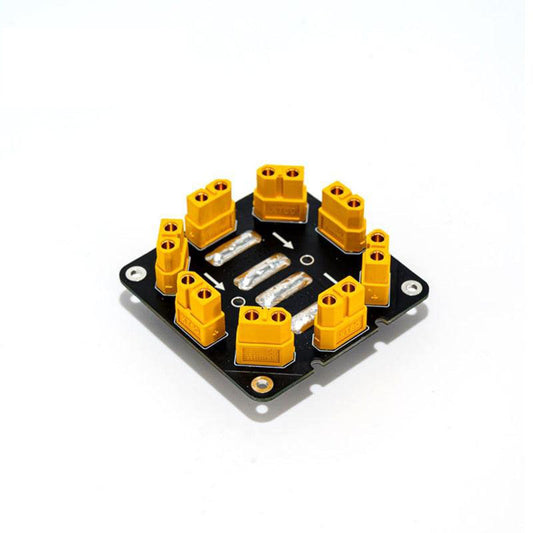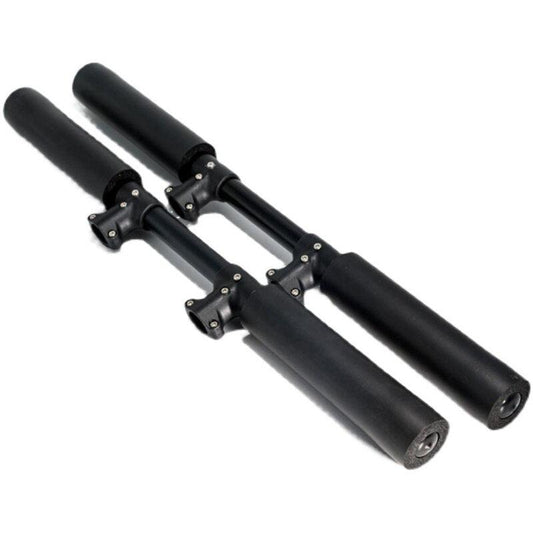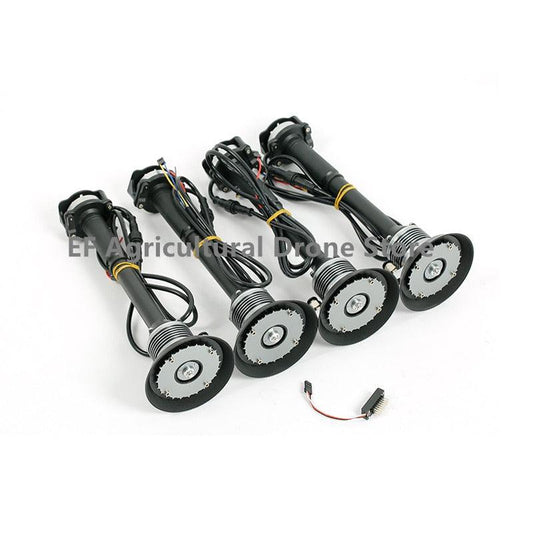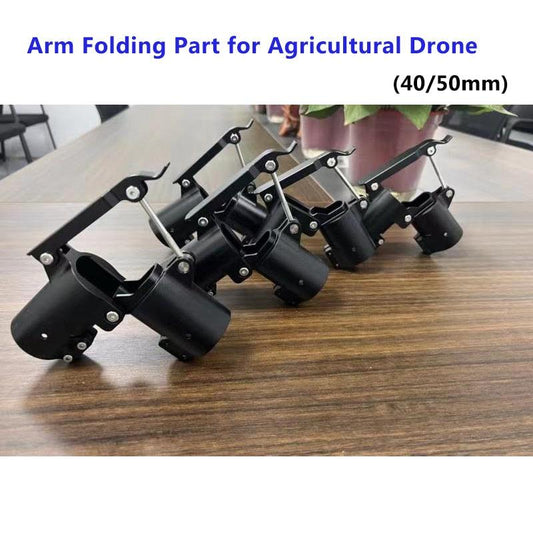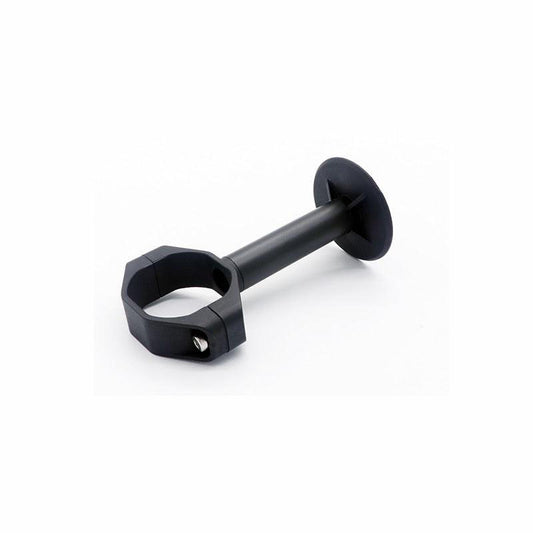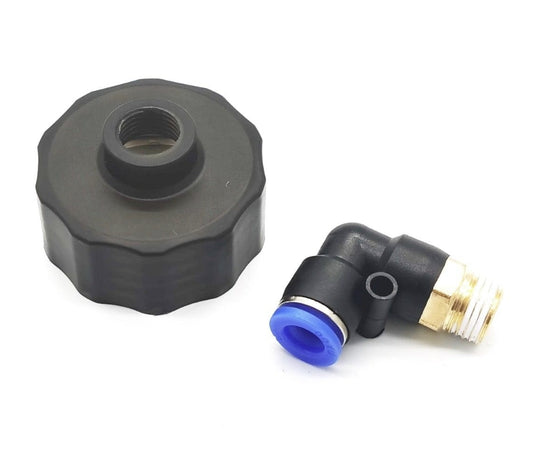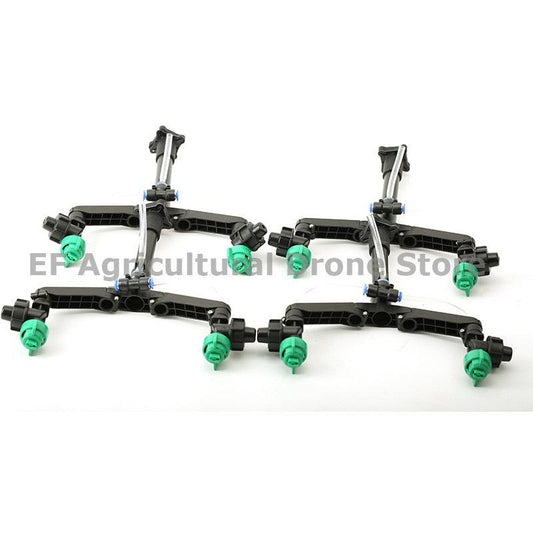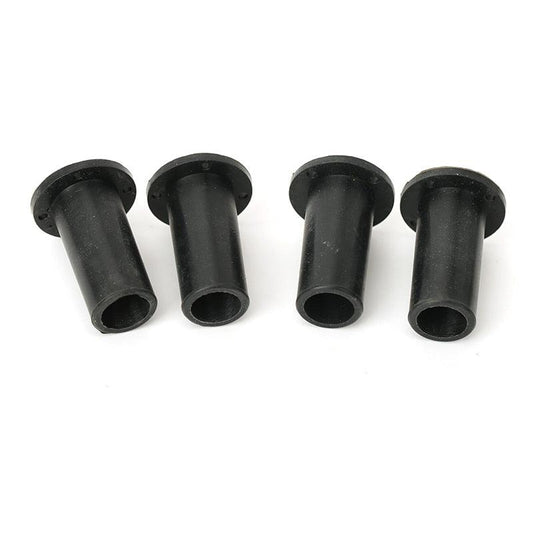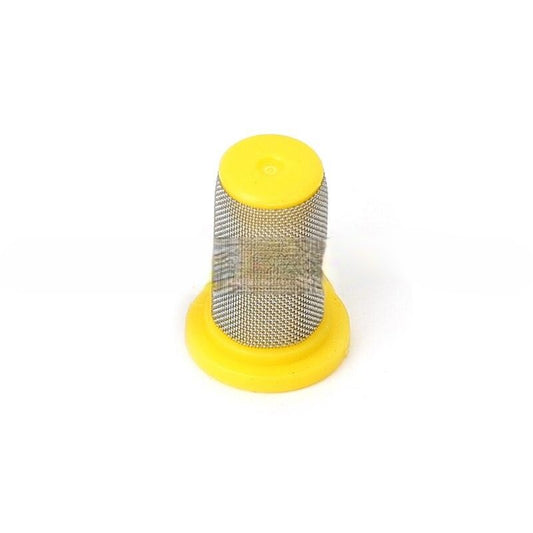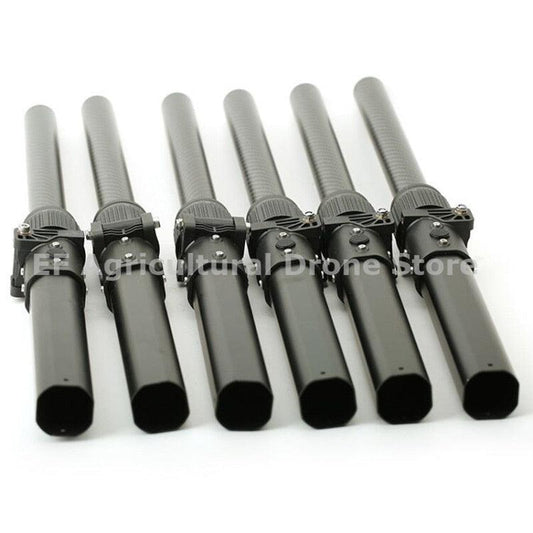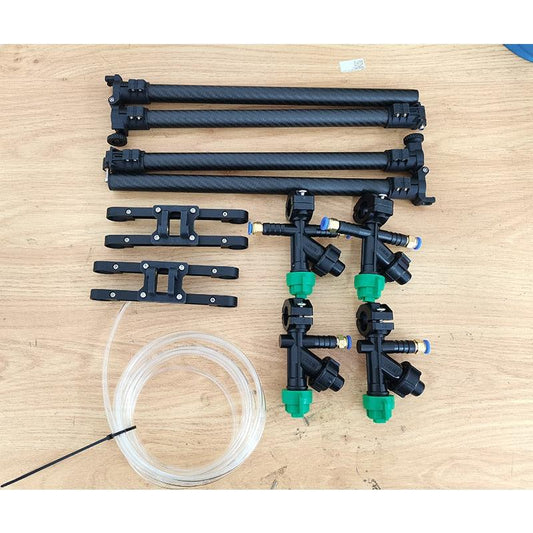-
Hobbywing 3090 propeller - 1PCS Original FOC folding CW CCW for X8 8120 Power System for EFT E616P 16KG agricultural drone
Regular price From $29.62 USDRegular priceUnit price per -
Original Hobbywing FOC folding propeller - CW CCW 2388 3090 V5 23inch/30inch for X8 6215 8120 Power System for agricultural drone accessories
Regular price From $20.41 USDRegular priceUnit price per -
EFT Power Distribution Board - High Current 200A Wiring PDB 7oz for 8 ESC Electronic Speed Controllers Agriculture Plant Protection Drone Fog Machine EFT Agricultural Drone Accessories
Regular price From $24.68 USDRegular priceUnit price per -
TATTU 22000mAh Battery For Agricultural Drone - 22.2V 6S 488wh LiPO Battery Burst 25C for Big Load Multirotor FPV Drone Hexacopter Octocopter Agriculture Sprayer Drone Accessories
Regular price $337.49 USDRegular priceUnit price per -
Hobbywing 3411 Propeller For X9 - Original Hobbywing FOC folding carbon fiber plastic 3411 CW CCW propeller for the power system of X9 motor agricultural drone
Regular price From $31.55 USDRegular priceUnit price per -
Original Hobbywing X8 X9 12S 14S Motor ESC Firmware - Updater Flying Data Reading Update Module Data Link Datalink V2
Regular price $80.33 USDRegular priceUnit price per -
Hobbywing Combo Pump - 5L Brushless Water Pump 10A 14S V1 Sprayer Diaphragm Pump for Plant Agriculture Drone Accessories
Regular price $80.30 USDRegular priceUnit price per -
DJI Agras T40 Spreading System 3.0
Regular price $1,199.00 USDRegular priceUnit price per -
Original Hobbywing 2388 3090 3411 34.7 36120 36190 40132 41135 propeller CW CCW Clamp for X6 X8 X9 X9 Plus X9 MAX X11 motor
Regular price From $22.52 USDRegular priceUnit price per -
EFT Drone Folding Sparying Rod Assembly Medicine Sprayer Quick Release Nozzle 20mm Carbon Tube Arm 18mm Landing Gear Joint
Regular price From $102.79 USDRegular priceUnit price per -
Hobbywing X6 Power System - 1set Original for 10KG 10L EFT E610P Agriculture Drone motor ESC propeller and 30mm tube adapter
Regular price From $130.30 USDRegular priceUnit price per -
Hobbywing 2388 Propeller - 1PCS Original Clamp Paddle 23inch CWCCW for Xrotor X6 Power System for EFT E610P 10L agricultural drone Accessories
Regular price From $21.49 USDRegular priceUnit price per -
Hobbywing 5L 8L Brushless Water Pump Head - 10A 14S V1 Sprayer Diaphragm Pump for Plant Agriculture Drone Accessories
Regular price From $27.43 USDRegular priceUnit price per -
EFT Agricultural Drone Landing Rubber Sponge - Fit for EFT E410S E610S E416S E616S Agricultural Spray Drones Accessories
Regular price $30.17 USDRegular priceUnit price per -
EFT Arm Pipe Clamp - Water Pipe Clamp 30mm 35mm 40mm for EFT E416P E616P E610P E410P EFT Agricultural Spraying Drone Accessories
Regular price From $24.11 USDRegular priceUnit price per -
Pressure Spraying Nozzle - 6mm 8mm Agricultural plant protection drone pressure spraying nozzle fast plug single pass bilateral nozzle Agriculture Spraying Drone Accessories
Regular price From $28.51 USDRegular priceUnit price per -
EFT Power Distribution Board - 4-axis 6-axis PDB Suitable for E410P E416P E610P E616P AS150U Male Power Cord EFT Agricultural Drone Accessories
Regular price From $66.35 USDRegular priceUnit price per -
2pcs EFT Spreader Tripod Landing Gear - Agricultural Spray Drone Accessories φ20x500 φ20*580 for E410P/E610P E416P/E616P
Regular price From $54.33 USDRegular priceUnit price per -
New Miniature Centrifugal Nozzle 12S-18S 48V Brushless Motor Centrifugal Nozzle DIY Agricultural Spray Drone Spray System
Regular price From $122.61 USDRegular priceUnit price per -
1pcs Connector Adapter for Agricultural Drone - For 40mm/50mm Folding Arm Carbon Tube Clip Pipe Clamp Fixture Joint
Regular price From $62.84 USDRegular priceUnit price per -
1pcs EFT GPS Bracket - For E410S E416S E610S E616S EFT GPS Bracket GPS Fixed Rod GPS Fixture for Plant Agriculture Drone Accessories Frame Repair Parts
Regular price $21.53 USDRegular priceUnit price per -
2pcs EFT Water Tank Fixing Screw - EFT Agriculture Drone Plant Protection 10L/16L water tank fixing screw Filter assembly EFT Agricultural Drone Accessories
Regular price From $22.84 USDRegular priceUnit price per -
EFT Agricultural Drone Y Double Nozzle - extended rod pressure double nozzle EFT Plant Protection Agricultural Drone Accessories
Regular price From $29.39 USDRegular priceUnit price per -
4pcs EFT High Pressure Atomizer Nozzle Extension Bar - extension bar pressure nozzle silica gel connector EFT Agriculture Spraying Drone Accessories
Regular price From $25.88 USDRegular priceUnit price per -
20pcs EFT Plant UAV Water Pipe Nozzle - 015 parts Sprayer Nozzle Filter net EFT Agriculture Drone Accessories
Regular price $24.45 USDRegular priceUnit price per -
EFT Agricultural Drone Frame Arm - For E410S E610S E616S Spraying Drone One Whole Drone frame arm fittings DIY application Agricultural Drone Accessories
Regular price From $79.51 USDRegular priceUnit price per -
EFT Y double Nozzle - extended rod pressure double nozzle E616 E416 G616 G620 G630 G420 Agricultural Plant Protection uav Agriculture Sprayer Drone Accessories
Regular price From $41.47 USDRegular priceUnit price per -
EFT Agricultural Spray Drone Accessories - Folding Rod Nozzle Kit 20mm Carbon Tube Arm 18mm Landing Gear Joint UAV Parts
Regular price $90.29 USDRegular priceUnit price per -
EFT drone frame folding carbon tube - E410P E416P E610P E616P 30mm 35mm 40mm Arm agricultural spray aluminum tube Agriculture Drone Accessories
Regular price From $18.05 USDRegular priceUnit price per
